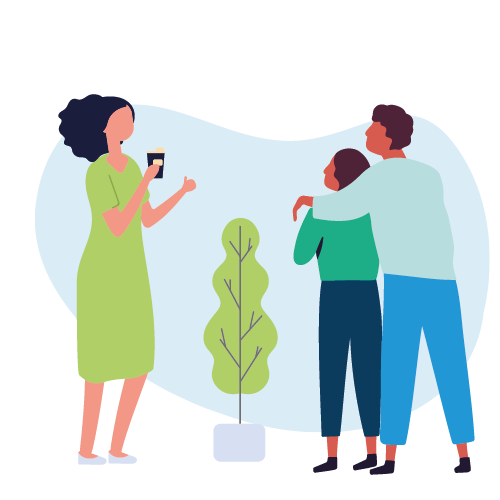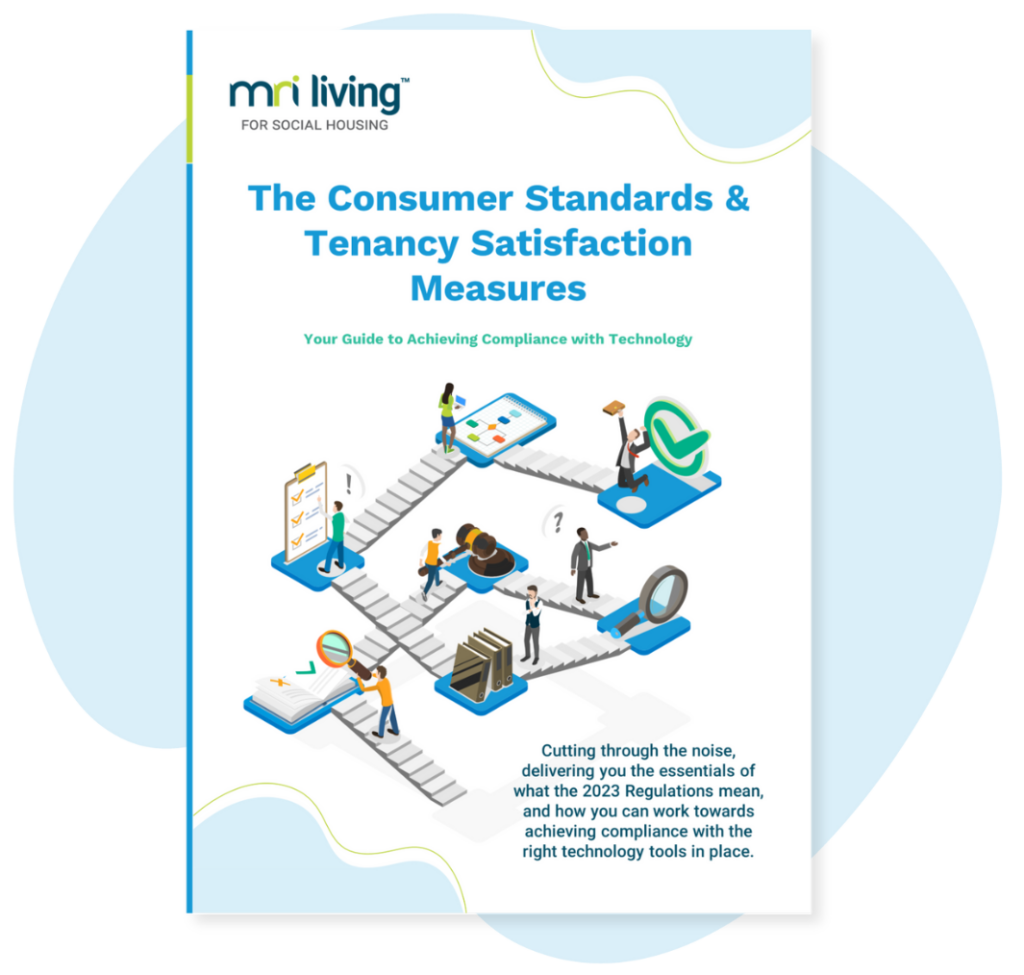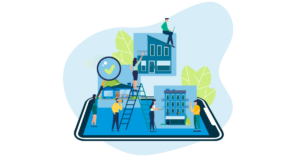The role of MARACs in tackling domestic abuse
Multi Agency Risk Assessment Conferences, or MARACs are a well-established approach for creating pathways for the victims of domestic abuse in the UK at risk of serious harm. As the name suggests, these involve multiple agencies coming together and in some cases, housing providers will be invited to be part of the MARAC process. Their presence can ensure that action is taken to safeguard the victim and any children in a home against violence and abuse. The uniquely close and long-term relationship many housing providers have with their customers means that their insights and records have the potential to save lives.
MARACs were first set up In Cardiff in 2003 in response to a safeguarding environment where sharing information and co-operation amongst agencies was minimal. Developed by the UK domestic abuse charity, SafeLives In the wake of some shocking cases of domestic homicide, domestic abuse and violence, sexual violence, stalking and harassment, MARACs were set up to reduce the risk of harm to victims. So effective was the work in Cardiff, that MARACs were rolled out across the whole of the UK in 2007 and the majority now meet on at least a fortnightly basis.
The central presumption of a MARAC is that for one agency alone it is impossible to build a full picture of the experience of a victim. A cross-agency group working together engaging in open and transparent information sharing will have insights that could save a life. As domestic abuse occurs largely behind closed doors, it can take visits to A&E, police reports of disturbances or housing association repair logs to build a clear idea of a victim’s experience.
Domestic abuse is often a gendered crime, disproportionally affecting women and girls. However, the impact of the abuse has effects beyond the experience of the victim and any family members in residence; it also has far-reaching impacts on wider community safety. Beyond this, a high-risk domestic abuse case costs on average up to £20,000 of public money when pooling the efforts of multiple agencies; the emotional and financial costs of this crime are high.
How does a MARAC work?
MARACs are led by a police MARAC coordinator and held fortnightly. MARAC meetings assess multiple high-risk cases of domestic abuse in one sitting to consider risk identification and action planning. The victims do not attend; in their stead an IDVA (Independent Domestic Violence Advisor) will attend to vouch for their best interests. Other agencies that might be present are the police, mental health services, housing, homelessness teams, probation, children’s social care and related voluntary organisations.
The duty of a MARAC is to determine the level of risk and identify the services and organisations that will provide the right support and the actions they will take going forward within a clearly defined timeline. This may manifest as identifying the types of abuse being experienced, such as violence, sexual abuse, economic abuse or coercion and control. Specialist help can also be designated by identifying whether there are other outlying factors that might need attention, such as drug and alcohol abuse, an LBGTQI+ victim or faith-based abuse, such as the risk of honour-based killings and forced marriage.
What is the purpose of a MARAC?
- At its heart, to reduce domestic abuse
- To prevent re-victimisation
- To build an effective risk management plan
- Child protection
- To promote agency accountability
- To share information for a better working environment
- To determine if immediate action needs to be taken against a perpetrator
- Through joint working, to establish support for staff involved in high-risk domestic abuse cases
Why do housing providers matter for MARACs?
Housing providers are uniquely placed to identify at-risk victims and give support in cases of domestic abuse. Being part of a MARAC referral can help housing providers achieve results more quickly and effectively than they may have done alone, in turn helping housing providers reach their domestic abuse targets.
MARACs give us the opportunity to put in support earlier so that we don’t get to the point at which a victim turns up in a taxi with children and all their belongings on a Friday night.
Housing Advisor, Gloucestershire
A housing representative at a MARAC will bring any information the organisation holds about the known parties in an individual case. However, it may not be a frontline support worker with first-hand knowledge of a case briefing the MARAC, but an individual at managerial level. It is therefore, imperative for housing providers to have easily organised and accessible records for each case of domestic abuse. Our MRI Streetwise solution is the only commercially available case management system in the UK that has been developed by a housing association to record cases of domestic abuse and is able to identify escalating risk.
When you go to MARAC, the value with MRI Streetwise is you’ve got a full history of that person’s needs; at the touch of a button, you’ve got your MARAC notes ready. They’re all in chronological order, everything’s there and we’ve got a true picture of what’s actually happening. When you’ve got everybody round the table, you’ve got a full history there to engage with all of the other professionals. Therefore, that means that you can then give a much more in-depth response. I might be a person who is going to MARAC and I might not know the case. By pressing that button on MRI Streetwise, I’ve then got all of the notes.
Dr Kelly Henderson, Co-Founder of the Domestic Abuse Housing Alliance
Information that a housing provider may bring to a MARAC includes whether there have been antisocial behaviour allegations made against a household, any rent arrears and the records of who is named on the tenancy and as such, is legally allowed to live in the home. At the meeting this evidence will be considered alongside that brought by the other agencies in attendance and a safety plan will be developed that outlines the requirements expected from each attending agency.
Do MARACs make a difference?
- In Cardiff, repeat victimisation fell from a rate of 38% to just under 10% following a MARAC
- In 2010 it was found that every £1 invested in MARACs yield £6 of savings to the public purse. This cost-benefit ratio means in terms of public investment, only 16% of MARACs need to be proved successful
- 40% of survivors did not experience further abuse in the 12 months following being subject to a MARAC
- Those who suffered further abuse were much more likely to report early before the situation escalated further
Published in July 2020 by the University of Suffolk, the research of domestic abuse practitioners in the South West of the UK questioned whether a decade on, MARACs are still fit for purpose. They do, like any other system, have some challenges. However, they are by far the most entrenched strategy for protecting those at the highest risk of domestic abuse and are currently the best option for engaging in a co-operative multi-agency approach that can safeguard a victim from many sides, providing proven cost benefits. Housing providers are poised to support this; at the centre of people’s day-to-day lives, they have a huge amount to offer from the relationships that they build and the records that they keep.
MARACs are important because in some localities they remain the primary route for responding to high-risk cases of domestic abuse

The Consumer Standards and Tenancy Satisfaction Measures: Your Guide to Achieving Compliance with Technology
Cutting through the noise, delivering you the essentials of what the Consumer Standards and Tenancy Satisfaction Measures 2023 Regulations mean, and how you can work towards achieving compliance with the right technology tools in place. New regulatio…

